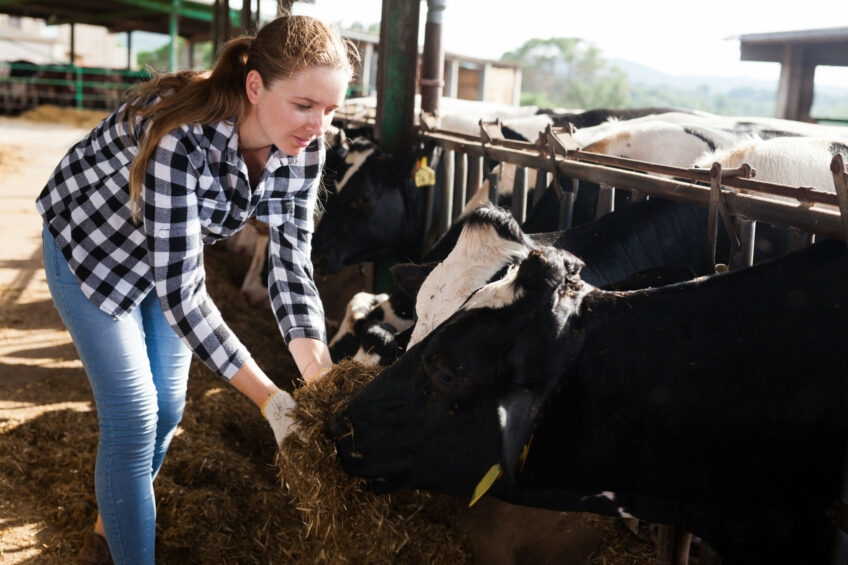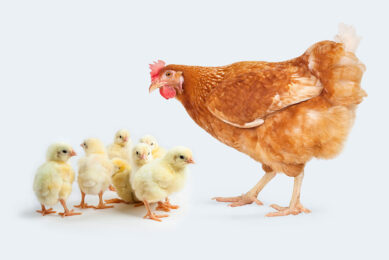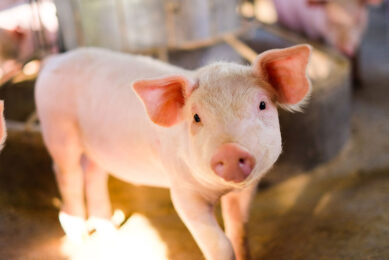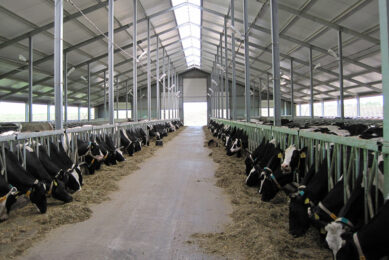Foodborne pathogens – risks to Scottish livestock farms

Scottish livestock farmers believe foodborne pathogens are a problem for the industry and want to find out more about the risks to their animals. The farmers are also concerned about consumer perceptions around the risks of foodborne pathogens in livestock.
The findings are part of an extensive research project which looked at risks, attitudes and potential interventions of foodborne pathogens on Scottish livestock. The project was led by the Moredun Research Institute in collaboration with the Scottish government, Food Standards Scotland and Sefari.
Knowledge of the pathogen(s)
The study said that deciding on specific interventions to reduce the risk of foodborne pathogens required knowledge of individual pathogen biology, transmission routes and survival in the environment, along with on-farm prevalence.
Once in livestock, foodborne pathogens can multiply, often in the gut of the animal, and be shed in faeces, so management practices to minimise animal contact with faeces and methods to treat or inactivate pathogens will help to stop the spread.
Factors to consider are types of housing, bedding, flooring surfaces, stocking density of animals and rearing animals in similar age groups. General hygiene and biosecurity practices, involving mechanical cleaning and regular removal of soiled bedding material and faecal waste, will help to reduce pathogen load on the farm.
Quarantining new animals coming onto the farm and maintaining closed groups of livestock can help to reduce the risks associated with foodborne pathogens along with hygiene practices involving hand washing, cleaning boots and the use of personal protective equipment.
Minimising the threat
The report also found that farmers could minimise the threat by:
- Using heat and steam cleaning to reduce infectivity of Cryptosporidium oocysts that are resistant to disinfectants.
- Store farmyard manure in appropriate conditions prior to spreading on land to reduce the viability of any foodborne pathogens present.
- Types of feed and feed supplements may influence shedding of foodborne pathogens in livestock.
- Use vaccines against specific foodborne pathogens, e.g., Salmonella in cattle – vaccines can prevent production diseases but also provide benefit in reducing the shedding of Salmonella in faeces and cutting the presence of T. gondii cysts in meat. Vaccines are also being developed for E. Coli O157 to help reduce shedding of the bacteria in cattle.
Information from a survey of Scottish farmers showed a strong majority would use vaccination as an intervention strategy if the vaccine also gave protection against a production disease in their livestock compared with a vaccine that was being used to solely provide a public health benefit.
Conclusions of the study
The study produced the following conclusions:
- Understanding the main routes of entry, carriage, multiplication and further spread of foodborne pathogens on livestock farms will help to determine the most effective interventions.
- Knowledge of the prevalence of particular foodborne pathogens on-farm would be helpful in prioritising specific interventions.
- As many of the foodborne pathogens are shed in faeces, sampling eDNA from wastewater coming from the farm may give insight into the presence and quantity of specific pathogens.
- Applying biosecurity measures involving new animals being introduced to the farm, use of fencing to keep out wildlife and contact with other animals, regular cleaning of animal accommodation, stocking density and not mixing age groups of animals will help minimise risk of amplification and spread of foodborne pathogens.
- Vaccination may be an effective treatment.










